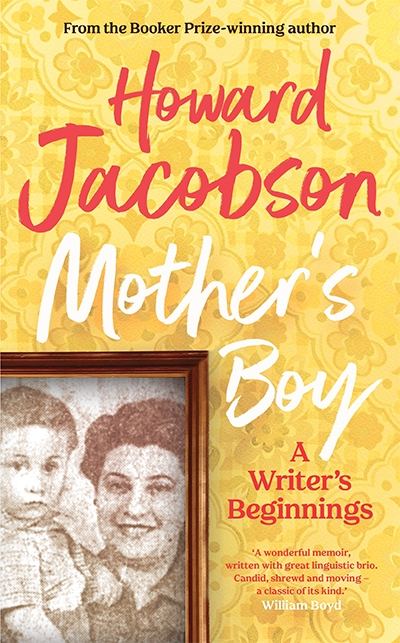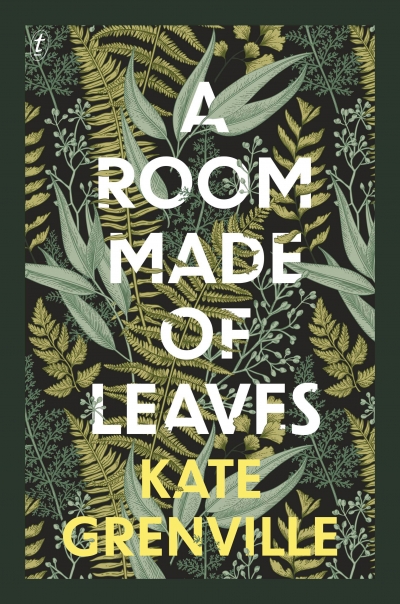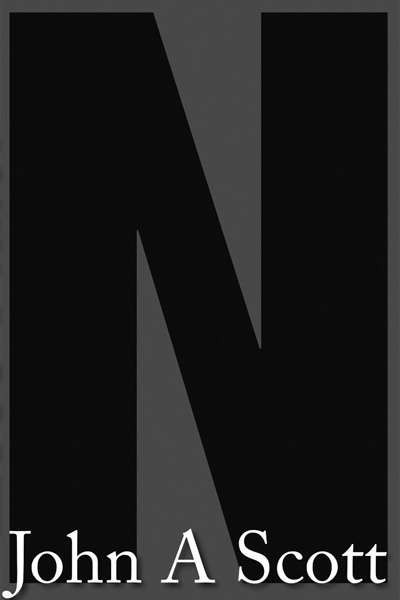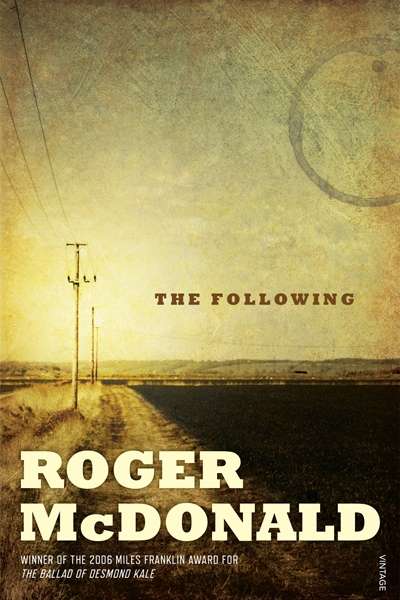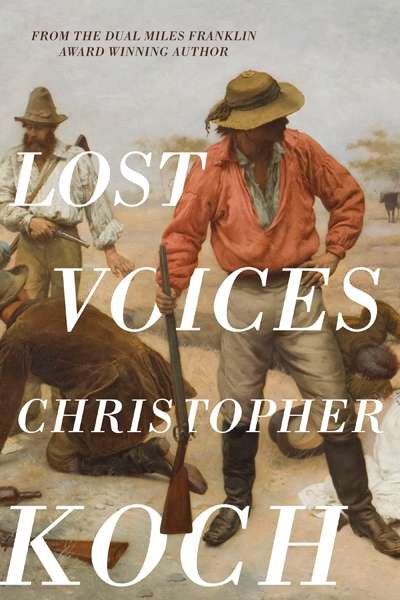Don Anderson
Don Anderson taught American, Australian, Irish, and English Literature at the University of Sydney from 1965 to 2000. Since 1982 he has written for ABR more than sixty times. His reviews and essays have also appeared in The Age Monthly Review, The Bulletin, Weekend Australian, Sydney Morning Herald, Southerly, Meanjin, Quadrant, The National Times, Westerly, Island, and The Independent Monthly. His critical writings are collected in Hot Copy (1986), Real Opinions (1992), and Text & Sex (1995).
... (read more)

